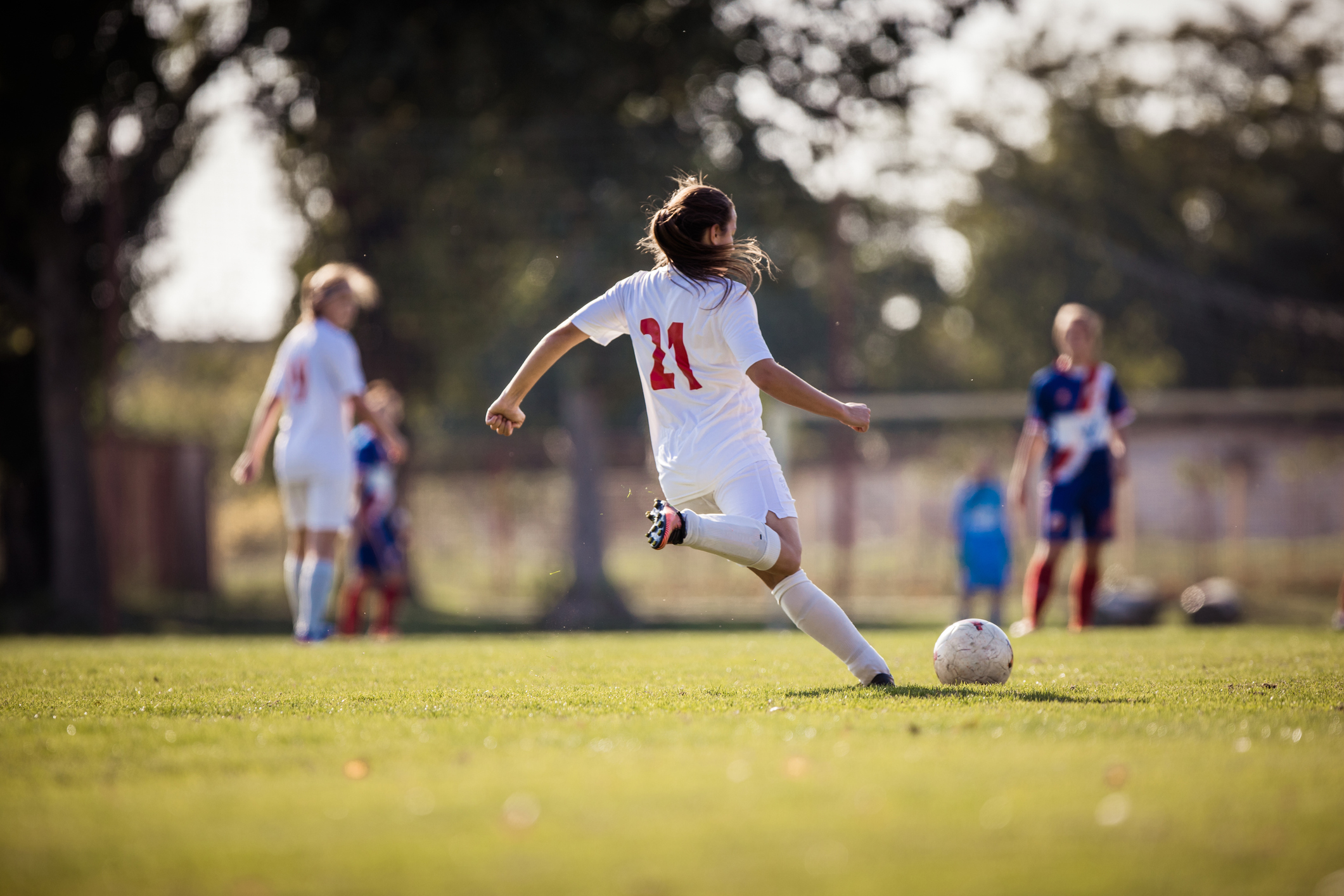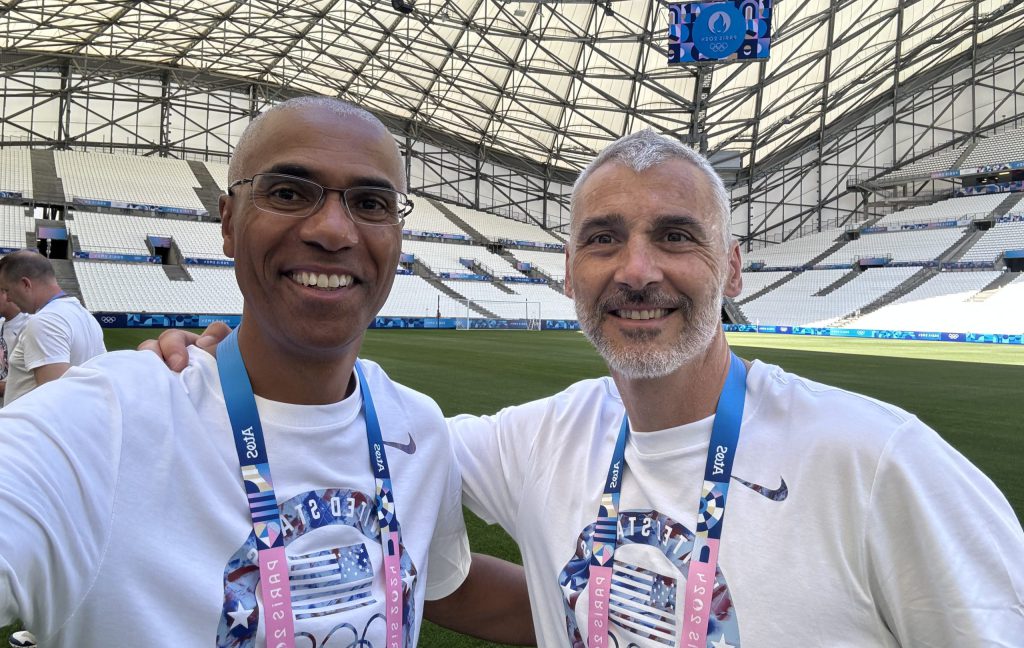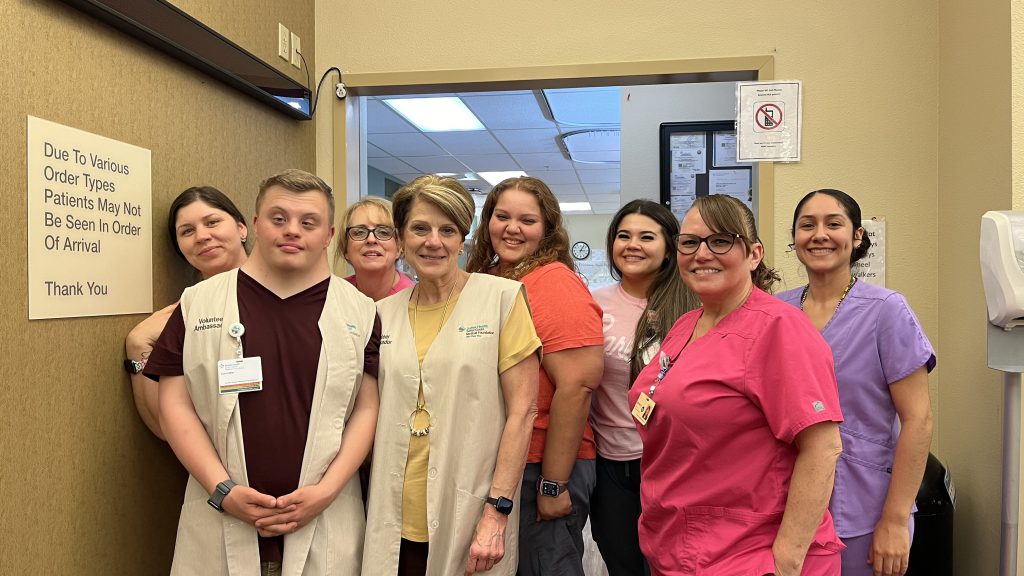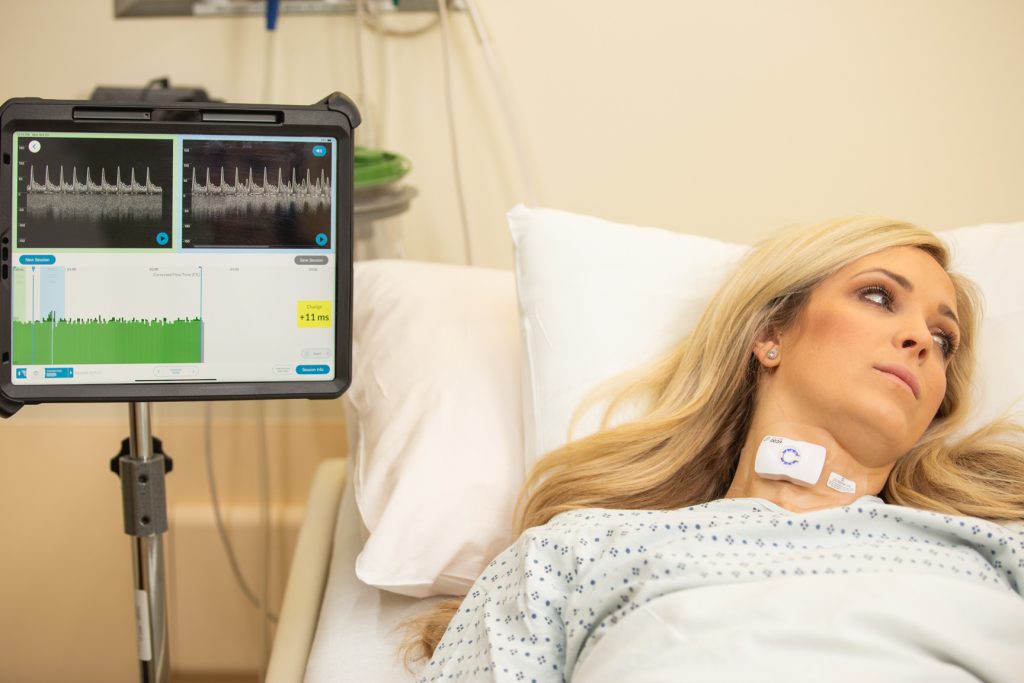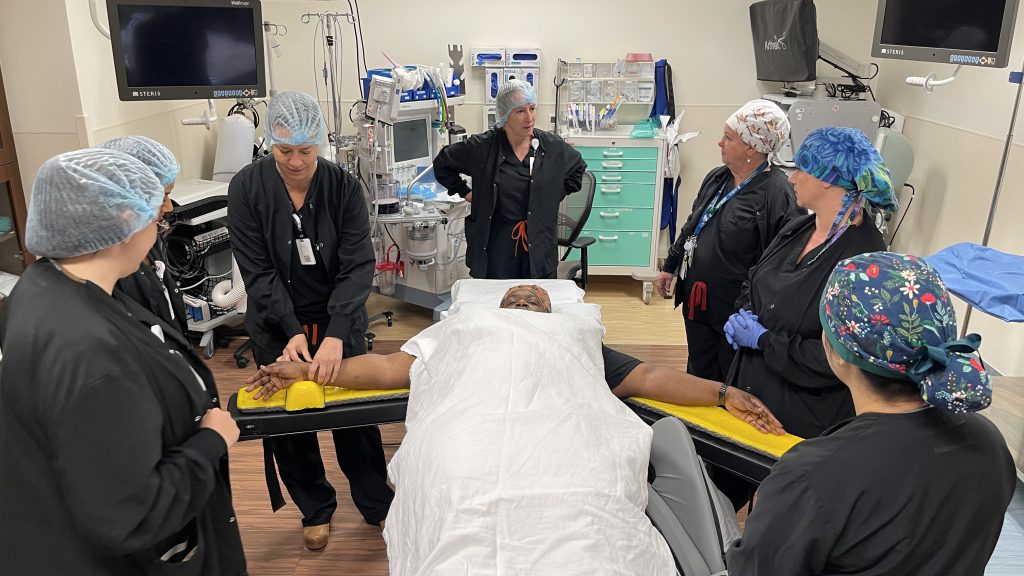Eat leafy greens, exercise regularly, learn CPR. Wait, learn CPR? Yes, one cardiothoracic surgeon is recommending that along with taking good care of themselves, people should learn CPR so they’re prepared to help others in case of emergency.
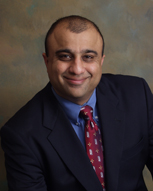
Junaid Khan, MD, director of Cardiovascular Surgery at Alta Bates Summit Medical Center
NFL safety Damar Hamlin’s recent cardiac arrest on Monday Night Football was a wakeup call for many. But doctors like Dr. Junaid Khan, cardiothoracic surgeon and director of Cardiovascular Services at Alta Bates Summit Medical Center in Oakland, have been saying it for years: CPR saves lives and the truth is that beginning CPR right away, as was the case with Hamlin, is often critical for survival.
In fact, the American Heart Association reports about 90% of people who have an out-of-hospital cardiac arrest die. A truly sobering statistic. However, if it’s performed immediately after cardiac arrest (when the heart stops beating), CPR can double or triple a person’s chance of survival.
Watch Dr. Junaid Khan, cardiothoracic surgeon and director of Cardiovascular Services at Alta Bates Summit Medical Center in Oakland and nurse Dana Cooper, who is an American Heart Association-certified CPR instructor, on KTVU Fox “Mornings on 2” as they discuss and demonstrate CPR.
The Bottom Line
CPR is a life-saving skill everyone should learn –you never know when it might be needed and by whom. In fact, you might think cardiac arrest most often occurs among older people, but it also happens to youth and young adults who are playing sports like football, baseball, basketball, lacrosse, soccer, or water polo. It can happen anytime a sudden, hard impact to the chest disrupts the heart’s rhythm. And the impact could be from a ball, a shoulder, or even a fist by accident such as sometimes happens in water polo.
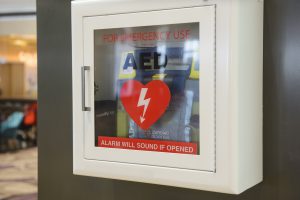
Automated External Defibrillator (AED)
Getting familiar with AEDs, or automated external defibrillators, is also important. An AED is used to help those experiencing sudden cardiac arrest. It’s a sophisticated but fairly easy-to-use medical device that analyzes the heart’s rhythm and, if necessary, delivers an electrical shock to help the heart re-establish an effective rhythm.
“When there’s a sudden impact –such as when one player runs into another— it can cause an irregular rhythm and the heart stops beating. And when that occurs, blood flow to the brain stops,” says Dr. Khan. “So, parents should learn how to perform CPR and make a point of locating the AED at their child’s sporting event –for the sake of their child and for the sake of the child’s grandparents.”
Location, Location, Location
AEDs are available at amateur and professional sports venues, public buildings including airports, and many worksites. There are even free apps such as PulsePoint and StayingAlive to help locate nearby AEDs.
For information on CPR and AED training classes, visit the American Heart Association (Bay Area or Sacramento) or American Red Cross websites.

